A zinc–air microbattery, with a volume of just two picolitres (2×10-12l), can store an average of 7.7 microjoules of energy and deliver up to 2.7 nanowatts of power to electrical components, such as memristors, clock circuits and actuators. These high energy density batteries are simple to produce and the researchers say they could be made on a massive scale to power colloidal robots – microrobots that can move through liquids, such as blood, by themselves.
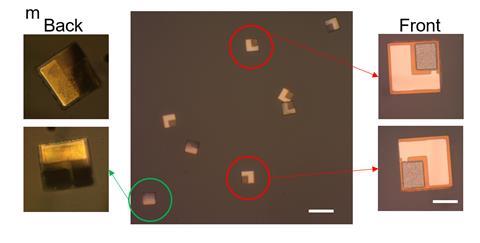
Over the past decade, interest in the miniaturisation of sensors, robots and computers has surged, from wireless microelectronic systems to picolitre robots capable of walking using advanced actuators as legs. ‘Unlocking applications that are inaccessible to larger devices is a major driving force behind this trend, which could enable drug delivery to cells through the blood,’ says first author Ge Zhang from Stanford University. But ambitions to miniaturise them even further have been hindered by conventional batteries produced using wet chemistry methods, like slurry casting, which are incompatible with microelectronic manufacturing and restrict most microbatteries to the millimetre-scale.
In addition, even the smallest devices to date are either powered by unreliable sources, such as solar cells, or do not have an internal power source. ‘Therefore, the integration of tiny batteries with tiny sensors and robots is imperative,’ says Zhang.
So the researchers designed a high-energy density zinc–air battery at a scale never achieved before. They did this by patterning a polymer base onto a silicon wafer coated with a copper and photoresist bilayer. They then placed a 40μm by 50μm zinc anode and an equally sized platinum cathode onto the polymer base. The copper layer was etched away when a frame was patterned around the battery, exposing the photoresist, which was dissolved in a neutral solution to release the batteries.
When the zinc was oxidised the battery released energy, with the picolitre batteries having an energy density of more than 0.76 nanowatt hours per picolitre, with an open circuit voltage of around 1.05V – the highest energy density ever recorded for an energy storage device below 1μl in volume.
Memristors could be used as information storage for tiny colloidal robots. Sensors, drive actuators and clock circuits, too, are essential components for autonomous microrobots. The team found that these zinc–air batteries could power all these devices.
Zhang says zinc–air batteries can’t be recharged and the same applies to their microscopic versions. ‘It may be made rechargeable by using an Ag2O cathode and integrating an electrolyte into the system,’ he says. Other downsides are that these microbatteries exhibit a low power density compared with conventional devices and have large voltage fluctuations toward the end of discharge, which Zhang hypothesises is related to the growth of the discharge product zinc phosphate.
‘As the stable voltage generation and flat discharge curves is one of the most important advantages of zinc–air batteries, this is definitely an issue which needs to be optimised,’ says Kerstin Neuhaus at Helmholtz-Institute Münster, who was not involved in the work. ‘As this is more a proof-of-concept study the results are already very nice and I think the issues are not insurmountable.’
References
G Zhang et al, Sci. Robotics., 2024, DOI: 10.1126/scirobotics.ade4642
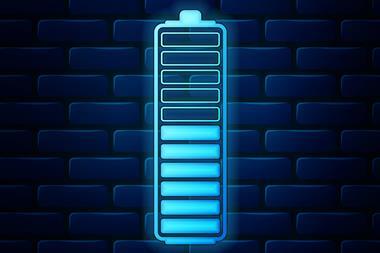
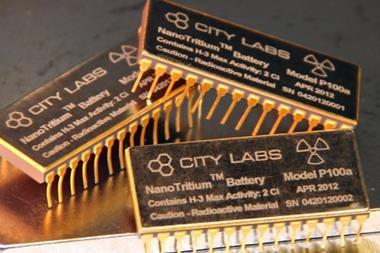
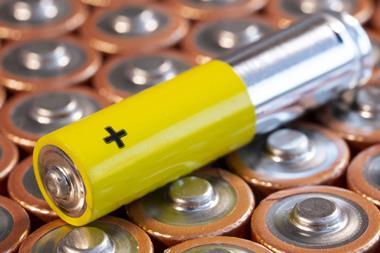

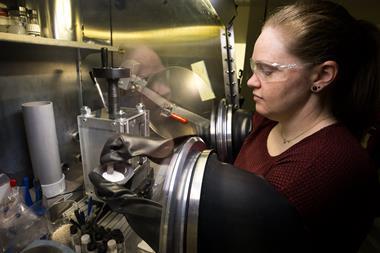
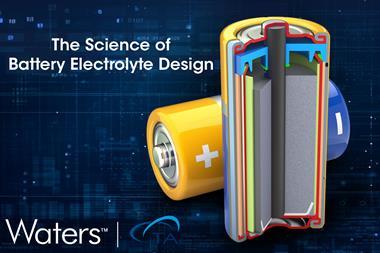






No comments yet